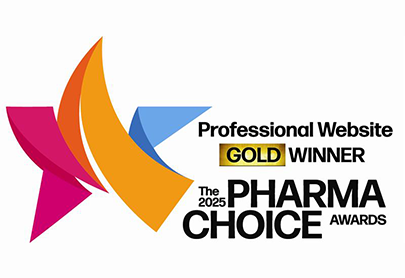Article
The New Pulse of Healthcare: Social Listening Insights from the MDS Community
 Source: freepik
Source: freepikSocial media has revolutionized patient engagement in healthcare, empowering individuals to go beyond merely following their doctor's advice. Patients now actively seek and share health information through their networks, including friends and influencers on various platforms.
With patients participating in their healthcare decisions, often influenced by social media, pharmaceutical marketers are now compelled to prioritize patient needs and preferences.
Fortunately, by simply tuning into patient conversations online, stakeholders can capture the patient voice in ways traditional research might overlook, offering a cost-effective method to develop empathetic, patient-centered strategies.
Social Listening: 5 Key Insights
The authentic narratives from social media offer a unique view into the each community's needs, providing pharmaceutical companies and healthcare providers with insights they might normally overlook:
- Patient Experiences: – Social media sheds light on real patient needs, guiding the development of supportive educational materials and tailored treatments.
- Treatment Feedback – Direct feedback on treatments informs drug enhancement and development, aligning with patient expectations.
- Addressing Care Gaps – Issues like referral delays and knowledge gaps among providers can underscore the urgency for systemic improvements.
- Enhancing Decision Support – Insights into patient decision-making processes can lead to better support systems, improving outcomes.
- Refining Communication – Understanding the language and needs of patients aids in crafting communication strategies that truly resonate.
Case Study on MDS Social Listening
How powerful is social listening for marketers? We analyzed conversations from the Myelodysplastic Syndromes (MDS) subreddit, aiming to understand the patient journey for those with MDS — a complex and often misunderstood group of bone marrow disorders.
Our analysis of 90 posts unveiled key insights into delayed diagnoses, treatment experiences, patient-provider interactions, and more. From this wealth of data, we not only extracted valuable information but also determined how to translate these findings into actionable insights for asset creation across different stages of the patient journey:
- These patients and caregivers are highly empowered and actively engage in their treatment journey.
- They share and understand concepts like disease stratification criteria, diagnostic panels, and the use of biomarkers for managing high-risk MDS.
- Educate patients on key concepts for identifying high-risk MDS, such as disease stratification criteria, diagnostic panels, and biomarkers, to establish a basic understanding of the disease.
- Google search trends should inform the development of patient-facing materials.
- Patients described initial symptoms: fatigue, shortness of breath, anemia, iron deficiency, easy bruising and petechiae.
- Patients adopted a “wait and watch” approach until more severe symptoms manifested.
- While this approach was unavoidable, patients were frustrated by long waits for referrals from GPs to hematologists.
- Patient-facing assets should include diagnosis journeys to help HCPs explain the necessity of the “wait and watch” approach.
- Patients want recommendations for top hospitals specializing in MDS treatment
- Patients also seek personal stories from others, to understand their experiences with testing, diagnosis, and treatment.
- Assets should provide resources to help patients identify top facilities for treatment of high-risk MDS.
- Include stories of patients at various stages of their treatment journeys (e.g., diagnosis, positive treatment experience, seeking second-opinions, etc.)
- Once diagnosed, patients link their prognosis to specific molecular and chromosomal biomarkers.
- After treatment decisions, patients seek information on side effects and proactive management strategies.
- Patients inquired about the transplant process, its suitability, and associated life expectancy.
- Highlight “watch-outs” for side effects and outline necessary precautions for proactive management.
- Clearly detail the relationship between biomarkers and treatment selection, including resources for testing and result interpretation.
- Aza monotherapy frequently mentioned as MDS treatment, favored for its tolerability, followed by blood transfusions and bone marrow transplants.
- Limited availability of treatment options often leaves patients disheartened about their life expectancy.
- All assets from new innovators should include hope about the evolving treatment paradigm in high-risk MDS.
Social Listening as a Catalyst for Healthcare Evolution
Social listening has unlocked a world where patient voices lead the charge in shaping healthcare solutions. Our unfiltered glimpse into patient experiences offers a roadmap for creating healthcare experiences that are as impactful as they are empathetic.
In other words, social listening isn't just changing how we gather information; it's transforming how we connect with and support those on their healthcare journey. The stories shared online can help shape the future of healthcare, making every post, comment, and tweet a valuable piece of the puzzle in understanding and addressing patient needs.
Ready to elevate your brand with a cutting-edge omnichannel strategy? Connect with Asentech today, and discover how we can guide you toward omnichannel excellence for a successful launch.



